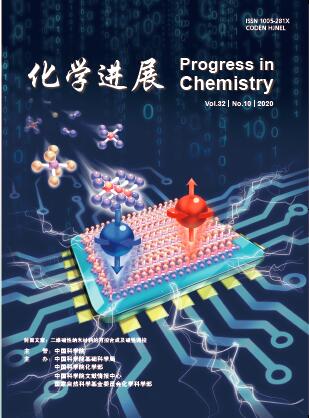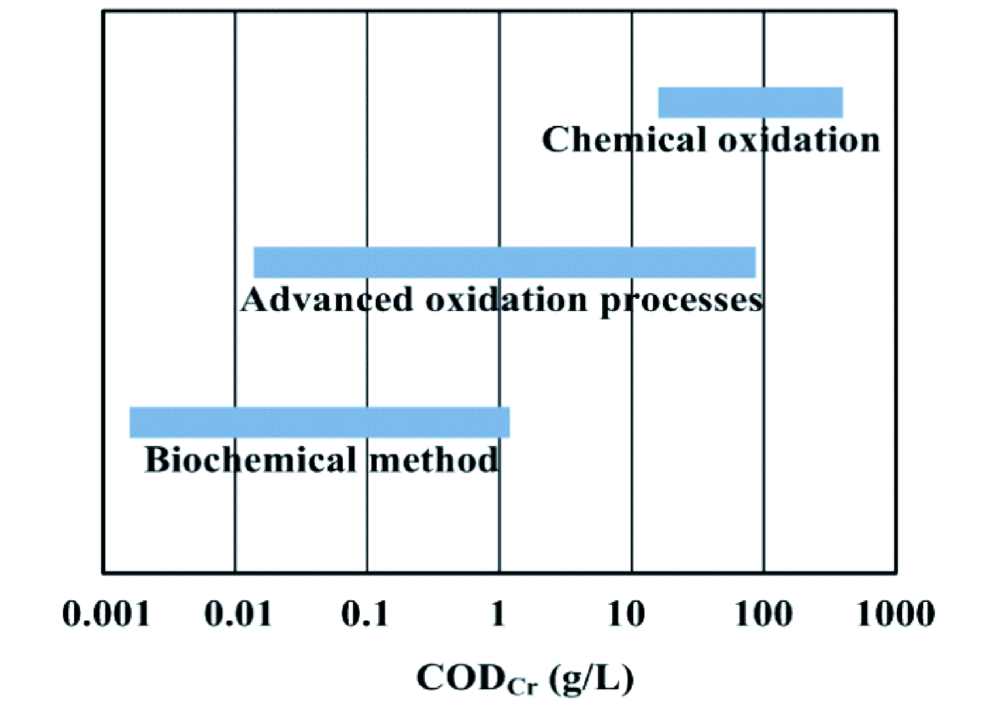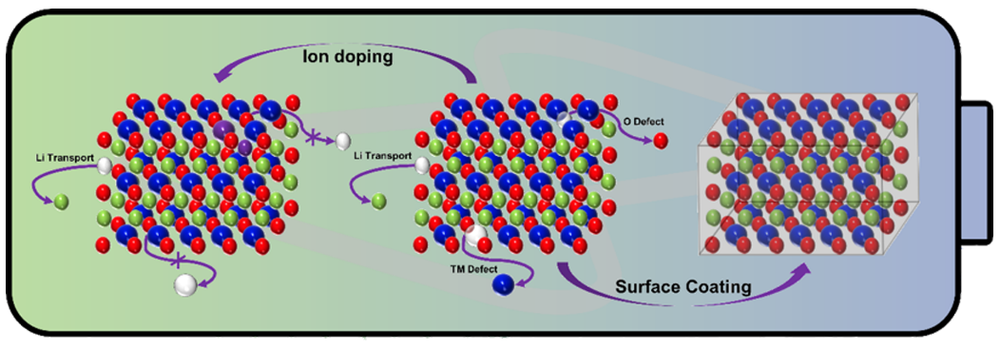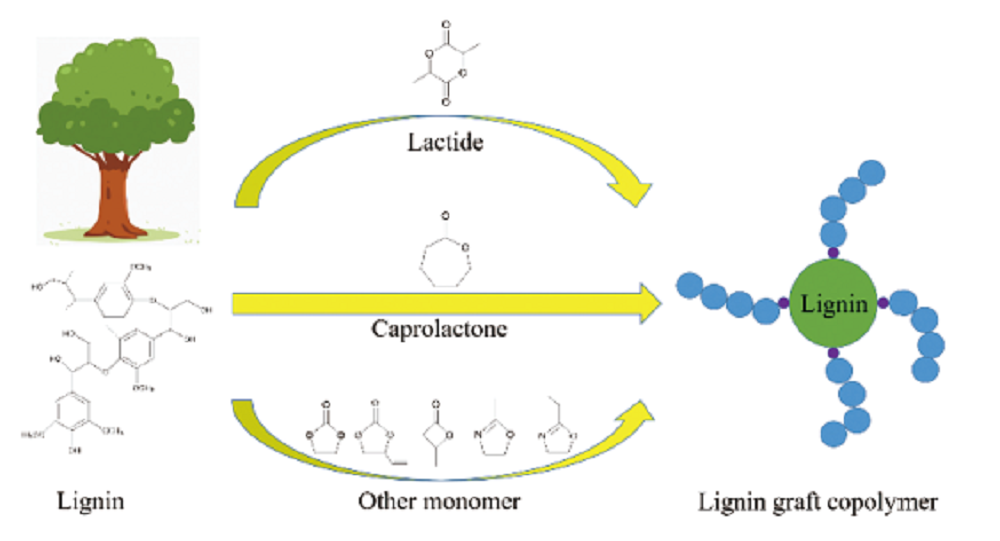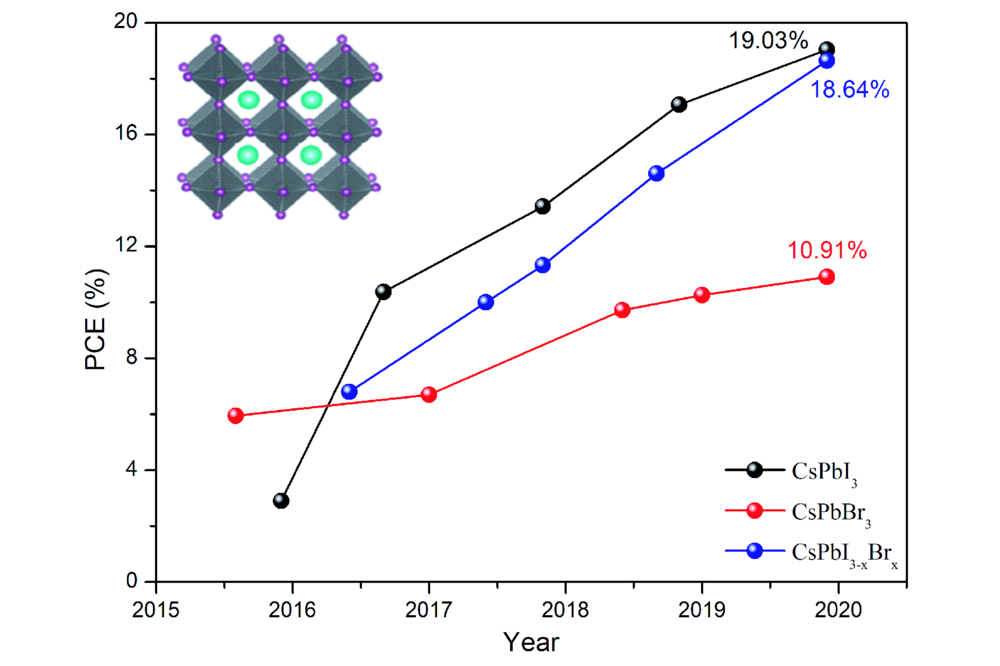Wei Li, Ziyu Yang, Yanglong Hou, Song Gao. Controllable Preparation and Magnetism Control of Two-Dimensional Magnetic Nanomaterials[J]. Progress in Chemistry, 2020, 32(10): 1437-1451.
The research focus of spintronics is to process and store the information by manipulating both the charge and spin degrees of freedom for its advantages of fast device operation, high storage density and low energy consumption. It is no doubt that developing controllable preparation method and magnetism control strategy of two-dimensional (2D) magnetic nanomaterials are of great significance and value for the fabrication of new-type spintronic devices. However, a relatively limited range of 2D magnetic nanomaterials can be achieved yet, and the preparation method as well as magnetism control strategy are relatively unvarying, which greatly hinders the development of this field. In this review, 2D magnetic nanomaterials are first categorized according to the origin of the magnetism, and induced magnetism and intrinsic magnetism in 2D nanomaterials have been introduced respectively. Then the existing preparation methods of the 2D magnetic nanomaterials, such as mechanical exfoliation, electrochemical exfoliation, chemical vapor deposition, liquid-phase synthesis and so on, are summarized in detail. Afterwards, the predominant magnetism control strategies of 2D nanomaterials are highlighted as well. Finally, the bottlenecks and future developments of this booming field are outlined and prospected.
1 Introduction
2 Classification of 2D magnetic nanomaterials
2. 1 Induced magnetism in nonmagnetic 2D materials
2.2 Intrinsic magnetism in pristine 2D materials .
3 Synthetic methods of 2D magnetic nanomaterials
3. 1 Mechanical exfoliation
3.2 Electrochemical exfoliation .
3.3 Sonication-assisted liquid-phase exfoliation
3.4 Chemical vapor deposition
3.5 Molecular beam epitaxy
3.6 Liquid-phase synthesis
4 Magnetism control of 2D magnetic nanomaterials
4.1 Electric-field control
4.2. Electrostatic doping
4.3 Pressure control .
4.4 Other strategies
5 Conclusion and outlook





